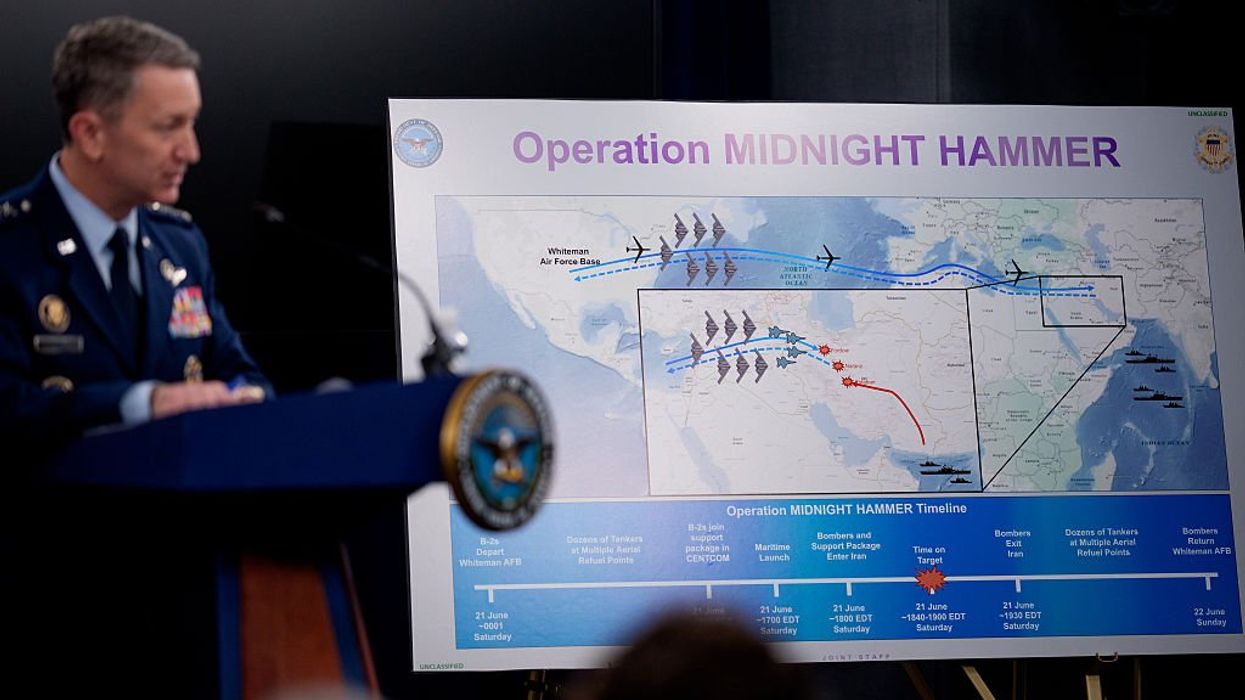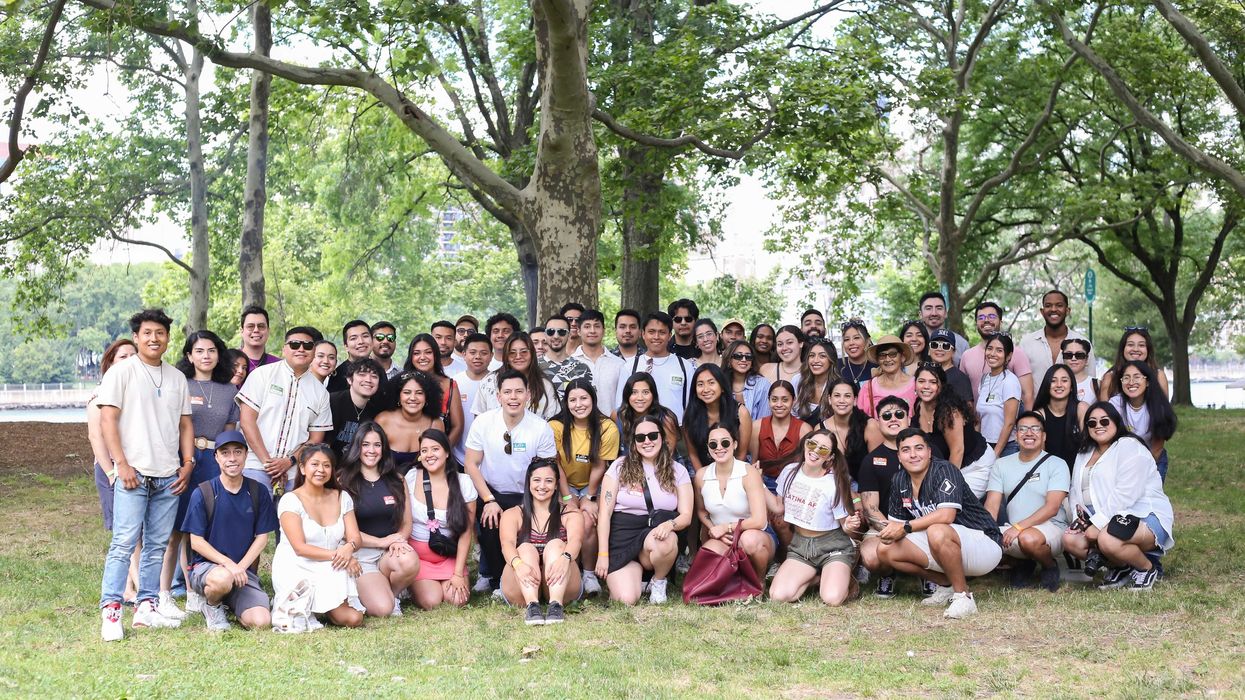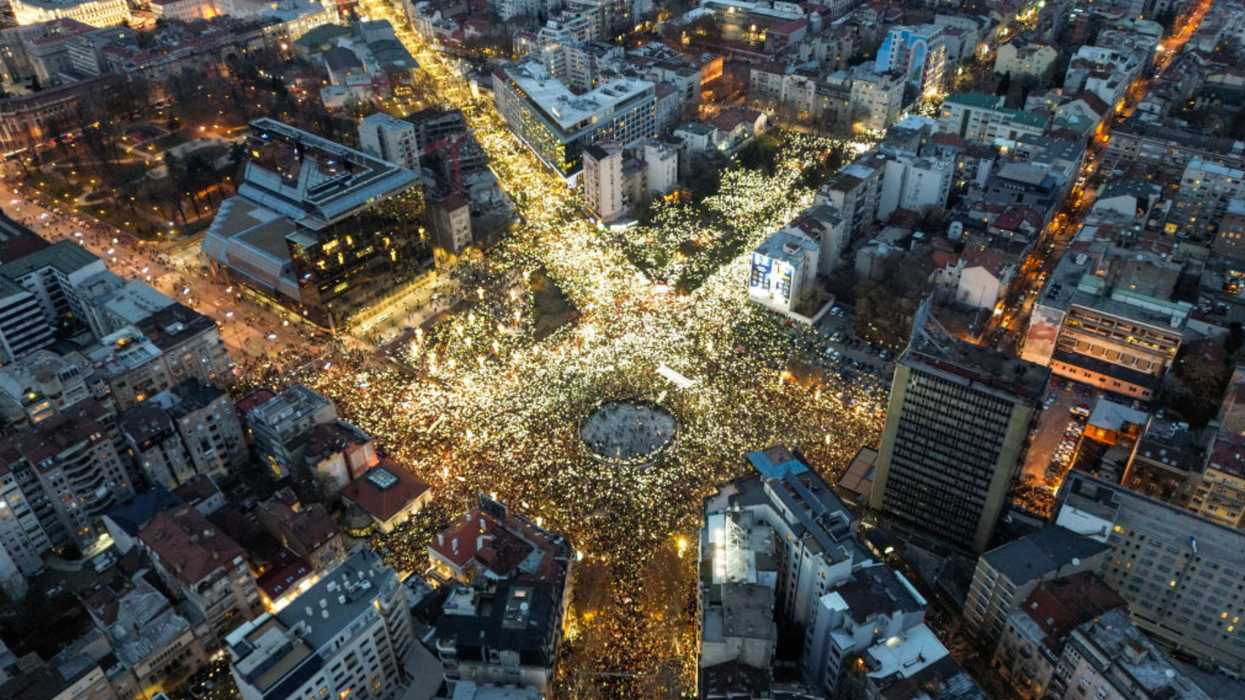In his televised address to the nation Saturday night regarding the U.S. strikes on Iran, President Donald Trump declared that the attacks targeted “the destruction of Iran’s nuclear enrichment capacity and a stop to the nuclear threat posed by the world’s number one state sponsor of terror.” He framed the operation as a necessary response to decades of Iranian aggression, citing past attacks on U.S. personnel and Tehran’s support for militant proxies.
While those justifications were likely key drivers, the decision to intervene was also shaped by a complex interplay of political strategy, alliance dynamics, and considerations of personal legacy.
From what’s publicly known, Trump’s choice to join Israel in striking Iranian nuclear facilities appears to have emerged from multiple forces. Initially, reports suggest he had resisted deeper involvement—going so far as to urge Israeli Prime Minister Netanyahu to delay a strike. But after Israel launched its offensive, the U.S. swiftly escalated the conflict, targeting sites such as Fordow, Natanz, and Isfahan.
Some analysts are already speculating that Trump’s pivot was influenced by pressure from Republican allies and a broader desire to reaffirm U.S. leadership amid heightened geopolitical uncertainty. Historical context adds another layer: Israeli leaders, especially Netanyahu, have long pushed for explicit U.S. support in curbing Iran’s nuclear ambitions. Trump’s decision could thus be interpreted as both an alignment with Israeli strategy and a calculated effort to ensure that the U.S. shaped the narrative and the ultimate outcome.
Whether his motivation was “taking credit” is debatable—but the optics of decisive American involvement, especially after years of projecting strength and unpredictability, are certainly in line with Trump’s political brand. He characterized the strikes as a triumph of U.S. military capability and, notably, called for peace in their aftermath.
In his second inaugural address, Trump forecasted that his “proudest legacy will be that of a peacemaker and a unifier,” despite global conflicts during his tenure. He often highlighted diplomatic initiatives—like the Abraham Accords and his claimed de-escalation of tensions between India and Pakistan—as evidence of this legacy.
This aspiration—to be remembered as a unifier—creates a fascinating tension. The Israel-Iran conflict presented a real-time test of whether he could maintain that narrative while contemplating direct military involvement.
Trump faced a dilemma. Had Israel achieved a decisive victory alone, it might have complicated Trump’s image. On one hand, staying out could appeal to isolationist-leaning voters and reflect his “America First” philosophy. On the other, refusing to act might have made him appear disengaged in a defining moment—particularly if Israel’s action shifted the balance of power in the region.
In the week leading up to the strikes, Trump’s positioning seemed ambivalent. He praised Israel’s actions as “excellent” while simultaneously offering diplomatic overtures to Iran. His rhetoric—demanding Iran’s “unconditional surrender” and issuing stark warnings to its Supreme Leader—suggested a desire to appear resolute without fully committing U.S. forces.
What shifted in those final days remains unclear. Given Trump’s history of claiming credit for broader institutional successes—economic growth, vaccine development it is reasonable to speculate that a post-facto involvement might have been the ideal outcome: share in the victory without absorbing the initial risk.
Supporters and critics differ on whether this represents strategic brilliance or self-promotion. But in the end, Trump may have orchestrated a best-of-both-worlds scenario—one where Israel bore the immediate burden, and he emerged as a bold, peace-leaning statesman, reinforcing U.S. strength.
There’s no definitive “smoking gun,” but the surrounding context suggests that legacy-building was part of the calculus. The resulting picture is layered: a blend of strategy, symbolism, and personal mythology that historians will undoubtedly scrutinize for decades.
David Nevins is co-publisher of The Fulcrum and co-founder and board chairman of the Bridge Alliance Education Fund.











 Source: Corporate Pero Latinos
Source: Corporate Pero Latinos Source: Corporate Pero Latinos
Source: Corporate Pero Latinos Source: Corporate Pero Latinos
Source: Corporate Pero Latinos







